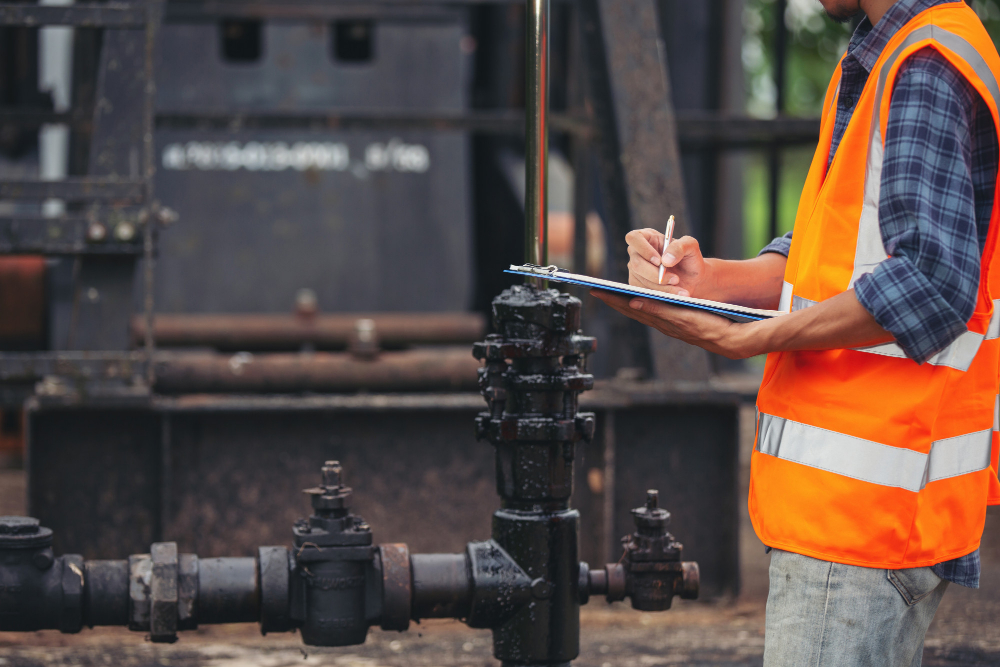MALAYSIA remains the fifth largest exporter of liquefied natural gas (LNG) after Australia, Qatar, the US and Russia, according to the International Gas Union (IGU).
The 2022 World LNG Report highlighted that the total LNG export from Malaysia in 2021 stood at 24.9 million tonnes per annum (MTPA), a slight increase from 23.9 MTPA in 2020. This constitutes about 6.7% of the total LNG traded globally.
Malaysia continues to be a technology leader in floating liquefied natural gas (FLNG) production. In addition to the world’s first FLNG facility to go into operation named Petroliam Nasional Bhd (Petronas) FLNG Satu (PFLNG1) with a capacity of 1.2 MTPA and PFLNG2 with a capacity of 1.5 MTPA came online in 2021.
At the end of April 2022, there were only four operational FLNG units globally.
The final investment decision for a third PFLNG is expected to be made by the end of 2023.
The report also showed that the global LNG trade grew by 4.5%, reaching an all-time high of 372.3 MT in 2021, as the strong post-pandemic recovery resulted in a surge in LNG imports.
“LNG plays a critical role in assuring the fundamentals of global energy security and economic stability, and this role has never been greater than it is now,” IGU secretary general Milton Catelin said in the report.
“As the world considers its options for navigating through unprecedented times, policymakers should consider the options that are available and the time that is required to bring new supply online. The industry urgently needs policy clarity beyond the short-term,” he added.
In regards to price, the report stated that LNG price growth began with a rapid post-Covid 19 demand recovery and less rapid additions of supply and continued to get worse as the Russia-Ukraine conflict added more stress to the already fully subscribed market.
In 2021, Russia contributed 8% of global LNG exports, out of which 43.9% were shipped to Europe, while the remaining 56.1% were shipped to Asia Pacific and Asia. With the European Union committing to eliminating Russia’s energy imports by 2027, growth in existing LNG exporting markets such as the US and Qatar, and developing new ones, like growing Africa, are important avenues to diversify energy sources and support European energy security.
As of April 2022, 136.2 MTPA of liquefaction capacity was under construction or approved for development. Some 7.7 MTPA of that overall capacity increase is expected to come online in the second half of 2022, with the rest gradually coming online between 2023 and 2027.
“Spot LNG prices surged to historic highs, and European benchmarks exceeded their Asian counterparts. Addressing supply constraints is going to be critical to energy security and economic stability in the world,” IGU said.
As of April 2022, the global LNG trade connects 19 exporting markets with 40 markets with importing capabilities. Global LNG trade grew by 4.5%, reaching an all-time high of 372.3 MT in 2021, as the strong post-pandemic recovery resulted in a surge in LNG imports.
The growth in exports was mainly driven by the US (+22.3 MT, +49.8%), Egypt (+5.2 MT, +391.2%), and Algeria (+1.2 MT, +11.4%). Australia remained the largest LNG exporter in 2021, exporting 78.5 MT last year vs. 77.8 MT in 2020. The largest exporting and importing regions continued to be the Asia-Pacific.
China overtook Japan as the largest LNG importer, increasing its net imports from 68.9 MT in 2020 to 79.3 MT in 2021.
The report also highlighted that the global gas industry continues to strengthen its vital role in solving the climate change problem and enabling an achievable and sustainable energy transition with a focus on decarbonising power generation, reducing emissions from transport, and improving efficiency.
“Even if it is becoming increasingly challenging in the current environment, the world must stay on course of energy transition, and natural gas, together with a growing portfolio of decarbonised, low and zero-carbon gases, will be key to making that possible,” Milton said further.
“Gas is the fastest attainable and sustainable long-term vehicle to get the world back onto the energy transition path, and the inherent flexibility of LNG allows us to deliver it to almost anywhere in the world.”
Other decarbonisation solutions being explored include the absorption of CO2 from the natural gas feed.
Source: The Malaysian Reserve
July 14, 2022













